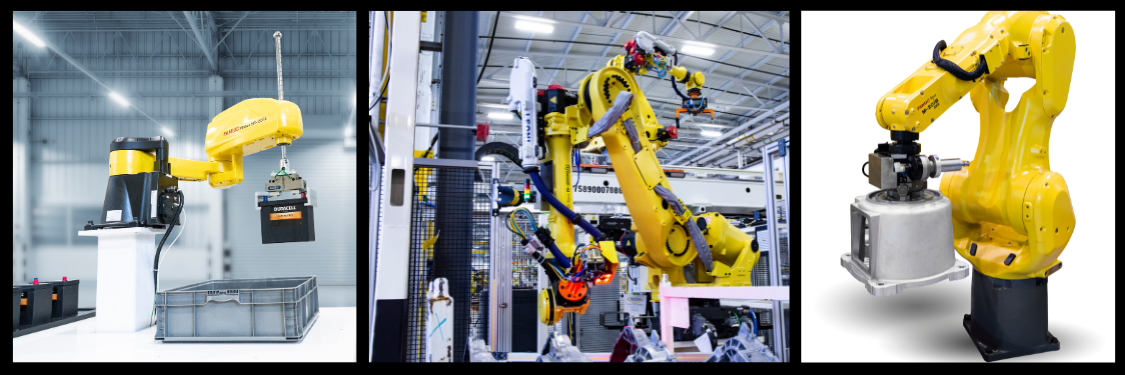At the core of manufacturing today, robotic arms are rewriting the rules of production, mixing safety, precision, and efficiency in ways that were previously impossible to imagine. Robots are mechanical marvels that have become indispensable in various industries throughout the world. They were invented in order to lower operating costs as well as ensure high-quality standards. Incorporating robotic arms into the production lines allows companies to not only cut costs but also improve workplace safety and productivity. Let’s examine how these groundbreaking robotics are changing the industrial landscape.

Image credit: automatedsolutions.com.au
Cost-effectiveness is driving the adoption of robotic arms worldwide. Owners of factories are under constant pressure to minimize workplace injuries, minimize manufacturing errors, and decrease production waste. Robots can tackle these problems. Robot arms are more accurate than human laborers when it comes to completing repetitive tasks, reducing cost and eliminating costly mistakes. Robotic arms are utilized in industries with high volumes, such as the automotive industry, to ensure flawless assembly. This quality of work can result in significant savings, as fewer defective parts mean less work and waste.
Safety is the second main element in the development of robot arms. Numerous manufacturing jobs like working with hazardous materials or using machines that are heavy pose a risk to human workers. Robot arms allow companies to remove their employees from dangerous environments and reduce accidents at work. A robotic arm, constructed as a kinematic string of moving joints, mimics the function of a human arm but without the risk of physical harm. With hand end effectors, these machines are able to accomplish tasks that could be hazardous for humans, such as spinning or welding.
The versatility of robotic arms makes them a game-changer across diverse industries. From automotive assembly to electronics production, robots can adapt to a broad range of tasks. The programmability of these robot arms allows them to perform complex tasks like painting or applying fiberglass at an unparalleled quality of consistency. Robotic arms have revolutionized the palletizing process in warehouses, allowing it to be automated with speed and precision. Automation improves productivity and the reliability of robots as they work continuously without getting tired.
Cobots are an entirely new breed of robots that operate alongside humans. Cobots, which are equipped with robotic arm, can be able to interact with humans in a seamless manner, unlike industrial robots, which are normally restricted to cells. Cobots equipped with robotic arms can be used to complete routine or heavy lifting tasks in factories that allows humans to concentrate on more complex tasks. Collaboration increases productivity, while maintaining a safe working surroundings, as cobots can be programmed to stop or alter their movement if someone is present.
The impact of robotic arms extends beyond safety and efficiency, to the very structure of manufacturing today. They are indispensable to industries that require high precision for tasks like welding, assembly or material handling. For example, in automotive manufacturing, a robot arm is able of rotating and repositioning parts during assembly, which ensures an exact alignment with no human intervention. Robot arms are also employed in electronics to take care of delicate components. This prevents damage and enhances output quality.
Robotic arms will increase in importance as industries grow. Their capability to reduce costs, improve safety and be flexible to various tasks positions them as an integral part of manufacturing’s future. Utilizing cutting-edge technology and human creativity, robotic arms are more than instruments. They’re partners in innovations, changing the way we design our environment.